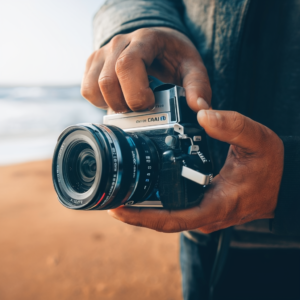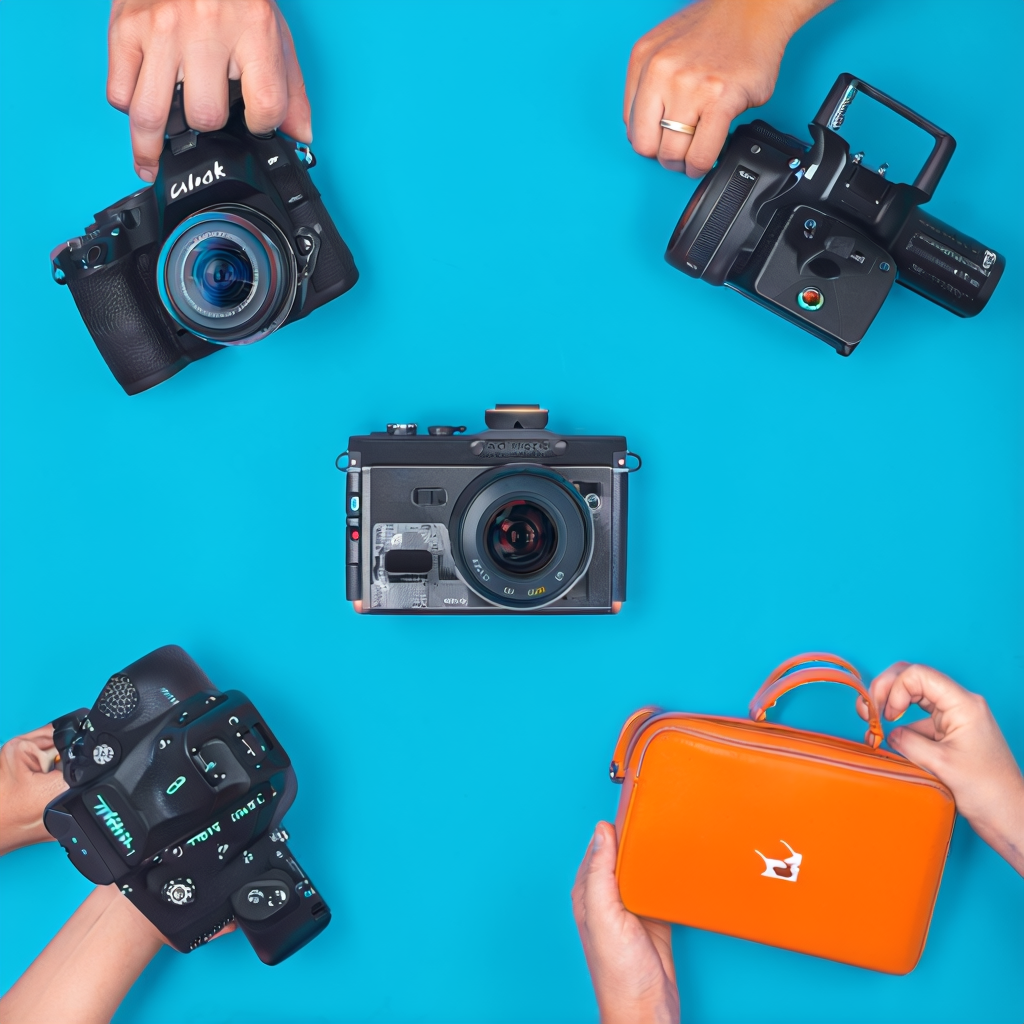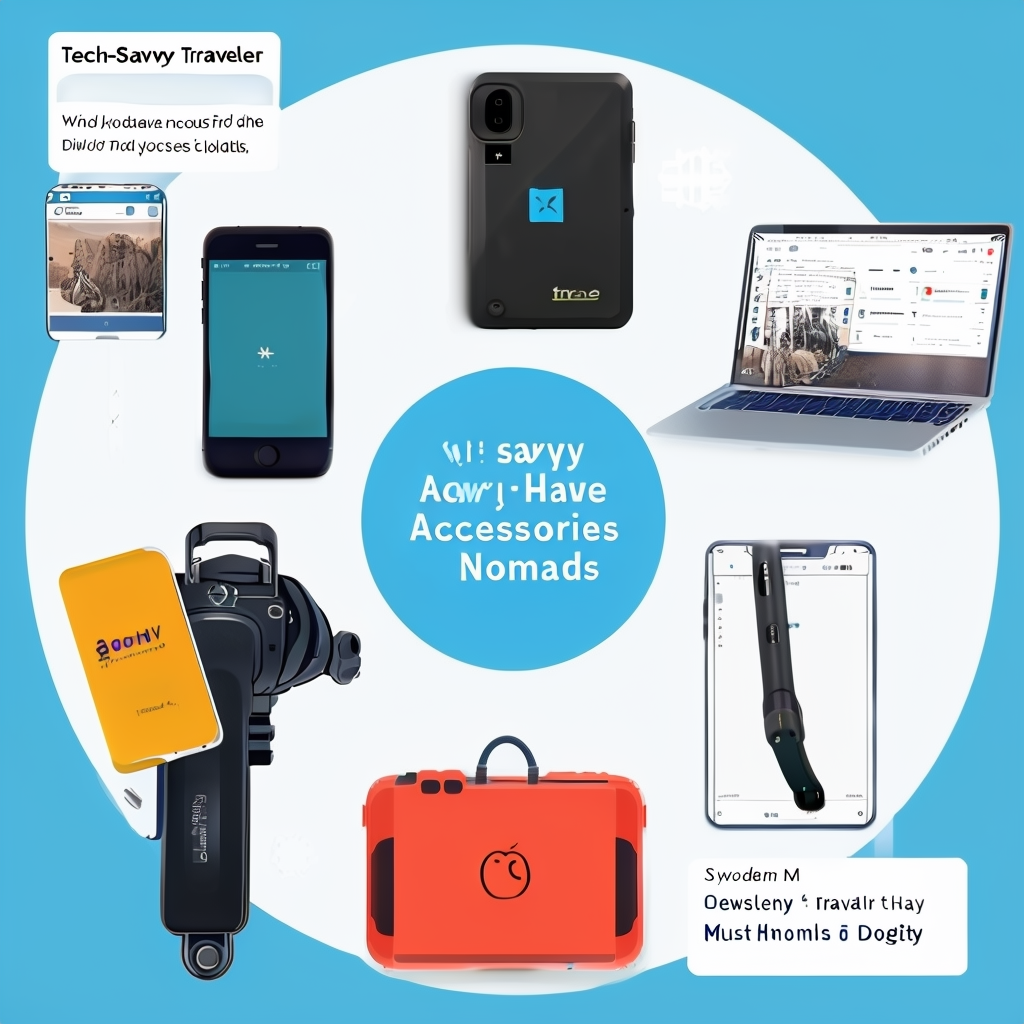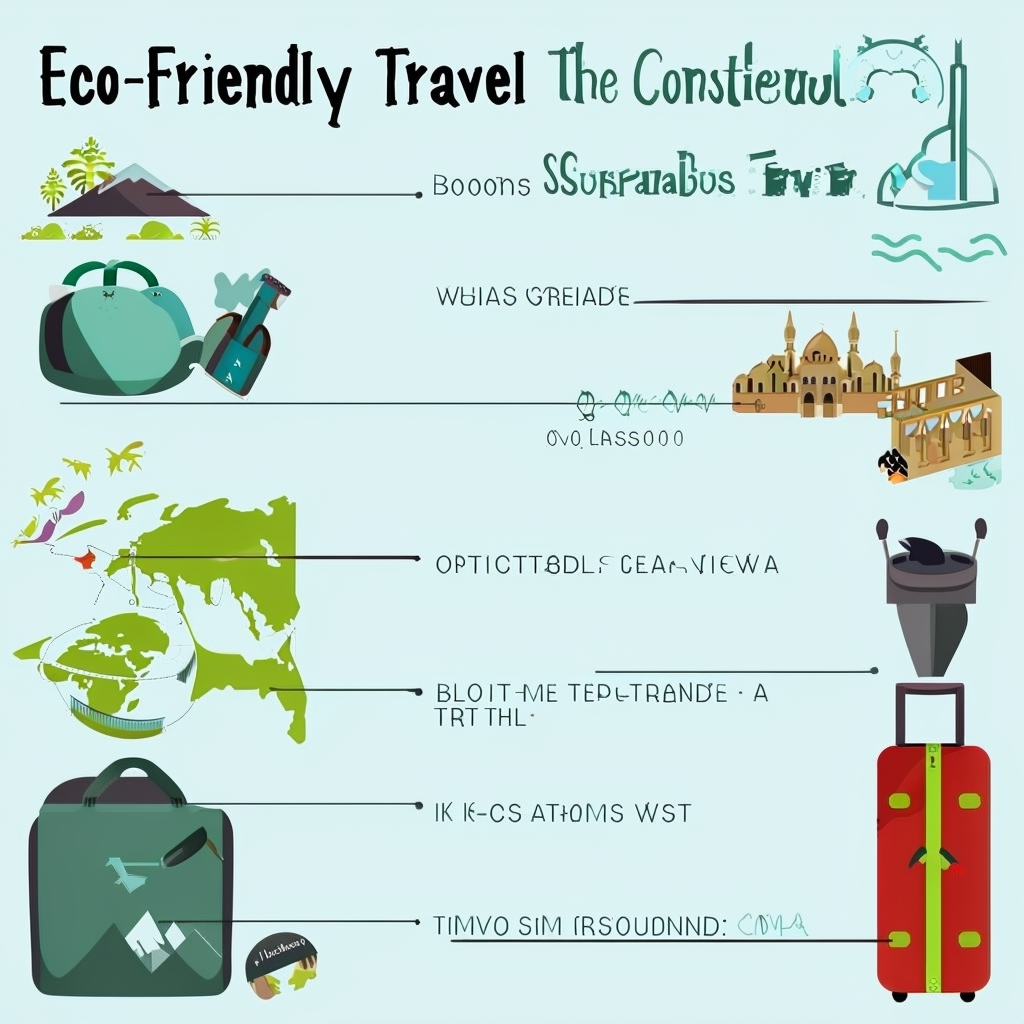1. Introduction
Choosing the perfect travel camera is crucial for capturing the moments and memories of your trips with the highest quality. With a plethora of options available, selecting a camera that fits your needs and preferences can be overwhelming. This guide will help you navigate through the types of cameras available, key features to consider, budget considerations, and practical tips for making the most out of your travel photography.
2. Types of Travel Cameras
Compact Cameras
Compact cameras, also known as point-and-shoot cameras, are ideal for travelers who prioritize portability and simplicity. They are lightweight and easy to use, making them perfect for quick snapshots. However, their image quality may not match that of higher-end models.
Mirrorless Cameras
Mirrorless cameras offer the flexibility of interchangeable lenses in a compact body. They are known for their excellent image quality and versatility, making them a popular choice among serious photographers. Their size is still relatively manageable compared to DSLRs.
DSLR Cameras
DSLR cameras provide exceptional image quality and a wide range of lens options. They are bulkier and heavier than other types but offer superior control over your photography. They are best suited for those who are willing to carry extra weight for top-notch image results.
Action Cameras
Action cameras are designed for capturing dynamic and adventurous activities. They are small, rugged, and often waterproof, making them perfect for travel experiences involving extreme conditions. They are not ideal for everyday photography but excel in action and sports scenarios.
Smartphone Cameras
With advancements in smartphone technology, many high-end smartphones now offer impressive camera capabilities. They are highly portable and convenient, although they may lack the advanced features of dedicated cameras. They are great for casual photographers who need a compact solution.
3. Key Features to Consider
Resolution and Image Quality
Higher resolution cameras generally provide better image quality. However, it’s essential to balance resolution with other features such as lens quality and sensor size.
Size and Portability
Consider how much space you have in your luggage and whether you’ll mind carrying the camera around. Compact and mirrorless cameras offer a good balance between quality and portability.
Battery Life
Traveling often means long days without access to power. Ensure the camera you choose has adequate battery life or the ability to carry spare batteries.
Lens Options and Zoom Capabilities
The versatility of lens options can significantly impact your photography. Choose a camera with appropriate zoom capabilities and lens compatibility based on your needs.
Durability and Weather Resistance
Travel often exposes your gear to harsh conditions. Opt for cameras that are built to withstand rough handling and varying weather conditions if you plan to explore rugged landscapes.
Connectivity Options
Features like Wi-Fi or Bluetooth can be very useful for transferring photos and sharing them on the go. Ensure the camera has connectivity options that suit your needs.

4. Budget Considerations
Entry-Level Cameras
These are usually the most affordable and are suitable for casual photographers. They offer basic features and adequate image quality for everyday travel.
Mid-Range Options
Mid-range cameras provide a good balance between cost and performance. They often include better image quality, additional features, and more flexibility.
High-End Cameras
High-end cameras come with advanced features and superior image quality. They are a significant investment but can be worth it for serious photographers.
Value for Money Analysis
When evaluating cameras, consider not only the upfront cost but also the long-term value. Sometimes spending a bit more initially can save you from needing to upgrade sooner.
5. Comparing Camera Models
Popular Brands and Models
Research popular brands such as Canon, Nikon, Sony, and Panasonic. Each brand offers various models catering to different needs and budgets.
Pros and Cons of Top Models
Compare the pros and cons of popular models within each type of camera. This will help you choose a camera that aligns with your specific requirements.
User Reviews and Ratings
Look at user reviews and ratings to get a sense of real-world performance and reliability. Reviews can provide insights into the camera’s usability and any common issues.
6. Expert Insights or Case Studies
Quotes from Photography Experts
Incorporate insights from photography experts to provide professional perspectives on what makes a great travel camera.
Real-Life Travel Photographer Experiences
Share experiences from seasoned travel photographers to offer practical advice and tips based on their real-world usage.
7. Future Outlook and Trends
Emerging Technologies in Travel Cameras
Stay updated with emerging technologies such as advancements in camera sensors, AI integration, and improved connectivity features.
Predictions for the Future of Travel Photography
Explore predictions about future trends in travel photography and how they might influence camera design and features.
8. Practical Tips for Using Travel Cameras
Tips for Taking Better Travel Photos
Provide practical tips on composition, lighting, and techniques to enhance the quality of your travel photos.
Maintenance and Care
Offer advice on maintaining and caring for your camera to ensure its longevity and optimal performance.
Travel Photography Techniques
Discuss specific techniques for capturing stunning travel photos, such as using natural light and framing shots effectively.
Conclusion
Choosing the perfect travel camera involves considering various factors, including type, features, budget, and practical use. By evaluating your needs and preferences, you can select a camera that enhances your travel experience and helps you capture unforgettable moments.




